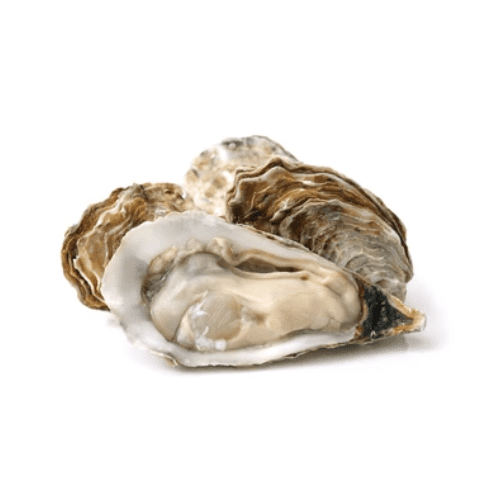

The Arabian Sea Oyster refers to the several different families of salt-water bivalve mollusks that live in marine or brackish habitats. In some species, the valves are highly calcified, and many are somewhat irregular in shape.
Oysters have been collected for human consumption since the Stone Age, and oysters were also brought on voyages as a supply of fresh food. Hence oysters have been transported across natural biological barriers for hundreds and maybe thousands of years.
Note: All our prices are based on the pre-cutting weight of the seafood. The net weight will be dependent on the type of cleaning you choose.
Introduction
The Arabian Sea Oyster refers to the several different families of salt-water bivalve mollusks that live in marine or brackish habitats. In some species, the valves are highly calcified, and many are somewhat irregular in shape.
Oysters have been collected for human consumption since the Stone Age, and oysters were also brought on voyages as a supply of fresh food. Hence oysters have been transported across natural biological barriers for hundreds and maybe thousands of years.
Oysters contain a variety of vitamins and nutrients including zinc, calcium, magnesium, protein, selenium, and vitamin A. They also contain especially high levels of vitamin B12, iron, and monounsaturated fat – the “healthy” kind of fat that you also find in olive oil
Flavour Profile
Like other shellfish, oysters shouldn’t taste overly fishy. Rather, they have a very subtle fish flavor, and taste like the ocean, with mineral notes that vary depending on the type. While raw oysters themselves don’t have a strong flavor, they are usually served with lemon or sauce that adds flavor.
Habitat
The Arabian Sea oysters live in salty or brackish coastal waters, clustering on older shells, rock, piers, or any hard, submerged surface. They fuse as they grow, forming rock-like reefs that provide habitat for other marine animals and plants.
Physical Attributes
Oysters are bivalves, which is the name for several marine and freshwater mollusks that have long, flat bodies made up of a shell consisting of two hinged parts. Oysters use their gills and cilia to process water and feed. Oysters have a small heart and internal organs, but no central nervous system.
Cleaning Method
To clean oysters, start by rinsing them with cold water in a colander. Then, use a scrub brush or a clean toothbrush to scrub the outer shells, which will get off any dirt or debris. If you notice any oysters that are already cracked open, discard them.
Cooking Method
Once oysters are removed from their shell they can be served raw, baked, steamed, grilled, or in specialty dishes. Oysters don’t take long to cook and low heat or fast high heat (broiling or frying) is preferable. They will toughen up if cooked too long.
Approx. Cleaning Yields
Health Benefits
Oysters are a rich source of vitamin D, copper, zinc, and manganese. These micronutrients, in combination with calcium, are thought to be key to slow or even preventing bone loss in older women due to osteoporosis. Additionally, dietary sources of these minerals are thought to be more effective than supplements.